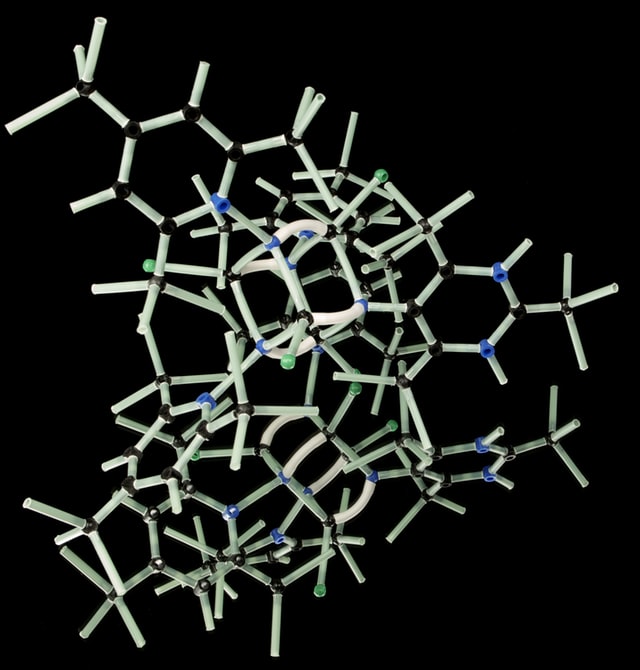We Call DNA a Language. Is It?
By Luke Shors,
Neo.Life
| 12. 10. 2020
Fifty years before we solved it, long before its information began filling scientific headlines and pharmaceutical shelves, and even before we understood the basic fact that DNA is a double helix, the human genome was being framed as a type of language. In 1952, the physicist Edwin Schrödinger turned an eye towards biology. He was already famous for his work in quantum mechanics, including postulating his famous eponymous cat, which sat alone in a box, both alive and dead, until you looked inside the box to see if it was one or the other. He was influential in biology as well, postulating that there must be a code script contained in DNA bases connected by covalent bonds that was capable of transmitting heredity information.
From the very beginning of our nearly 75-year love affair with this gooey substance, DNA was discussed as a language. And if DNA was the language, then the genome was the book—not just a container, but a manual. DNA began to be called the language of life, and many thought if we could read it...
Related Articles
By Jonathan Matthews, GMWatch | 12.11.2025
In our first article in this series, we investigated the dark PR tactics that have accompanied Colossal Bioscience’s de-extinction disinformation campaign, in which transgenic cloned grey wolves have been showcased to the world as resurrected dire wolves – a...
By Jenny Lange, BioNews | 12.01.2025
A UK toddler with a rare genetic condition was the first person to receive a new gene therapy that appears to halt disease progression.
Oliver, now three years old, has Hunter syndrome, an inherited genetic disorder that leads to physical...
By Simar Bajaj, The New York Times | 11.27.2025
A common cold was enough to kill Cora Oakley.
Born in Morristown, N.J., with virtually no immune system, Cora was diagnosed with severe combined immunodeficiency, a rare genetic condition that leaves the body without key white blood cells.
It’s better...
By Rachel Hall, The Guardian | 11.30.2025
Couples are needlessly going through IVF because male infertility is under-researched, with the NHS too often failing to diagnose treatable causes, leading experts have said.
Poor understanding among GPs and a lack of specialists and NHS testing means male infertility...




